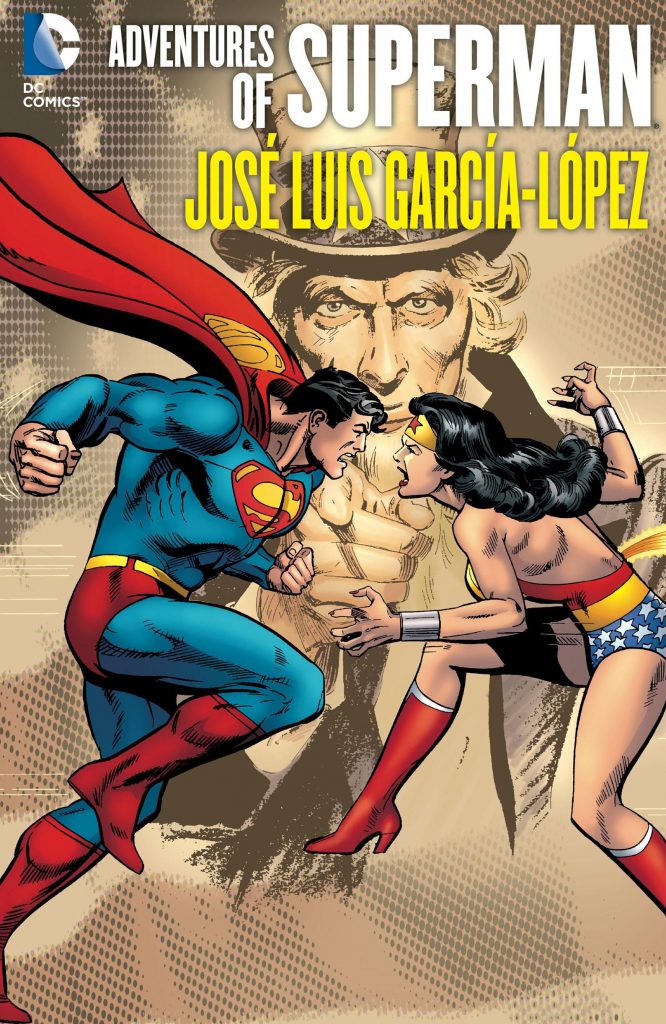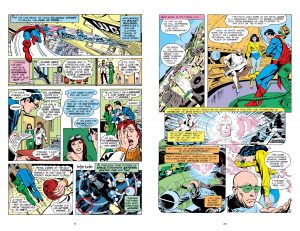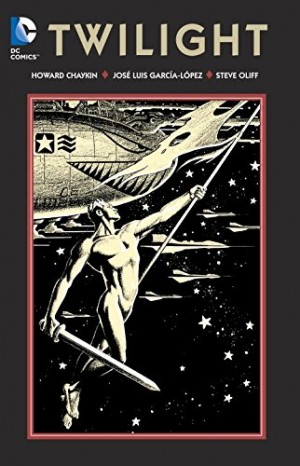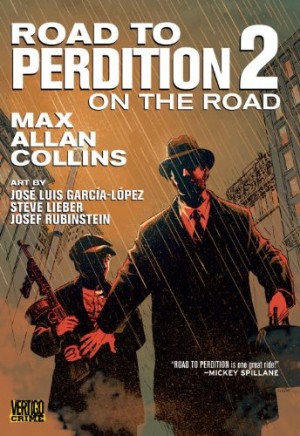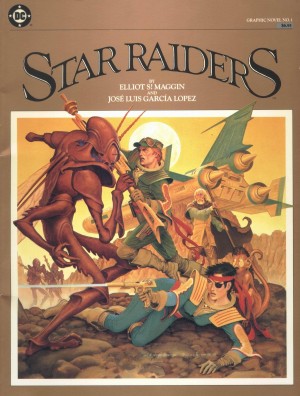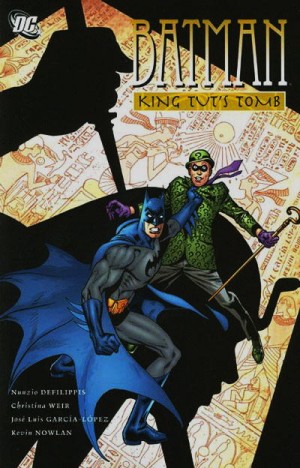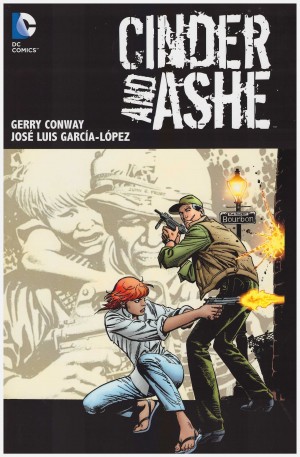Review by Frank Plowright
Throughout the 1970s and 1980s José Luis García-López impressed his artistic peers as the consummate professional, so it’s a shame DC couldn’t find one to write an introduction to his Superman work. In interviews those peers recall being privileged to have been present when a new batch of García-López pages arrived in DC’s offices. They’d be the first to admire the completeness of his technique, his graceful real human figures drawn from any angle, their clothing hanging naturally from them, the imaginative layouts, and a refinement about his heroic personalities. Almost all artists have some weakness, something experience teaches them to disguise if they can’t master it, yet whatever he was asked to draw, almost all his fellow artists recognised García-López managed it better than they could. Puzzlingly, this admiration never seeped down to the comic buying public, and despite page after page of beautiful art García-López was never accorded the superstar status of contemporaries like Neal Adams, John Byrne or George Pérez. However, the next generation of comic artists who came through had noticed, and by the early 21st century he was acknowledged as the master he always was. Adam Hughes is a fan. DC couldn’t find one of them to write an introduction either, and even today the García-López Wikipedia page is a sketchy skim through the decades, the total text not much more than just the introduction to Byrne’s entry.
In story terms the left hand sample page is early set-up scenes of no consequence, and the script is banal, yet García-López turns it into an amazing piece of storytelling. He breaks the plot down into a series of images so interesting they draw the reader in. The visual personalities engage, the panels establish locations through detail, and the opening long panel of Superman transforming into Clark Kent is amazing, the angle, the figures and the detail all perfect. It’s only the tenth story page of a chronologically presented collection, with three hundred more to follow.
The art is timeless, but being charitable about the stories is hard. They’re from a transitional period where the whimsy of the 1950s and 1960s Superman had been discarded, but before characterisation was more than superficial. Gimmicks remain, and stories play to a formula. An occasional flash of inspiration does little more than underscore how García-López is investing the mundane with magic.
García-López was frequently paired with an inker, and with the honourable exception of Bob Oksner, the results are inferior to his producing the complete art. Good as they are, Joe Giella and Steve Mitchell can’t equal that, while Frank Springer is notable for adding stiffness to fluid pencils. Does García-López have a weakness? Technically, no, but some villains he designed in the 1970s don’t look too great now, one of them featuring in an enjoyable Adam Strange team-up that’s sumptuously illustrated. As the cover reveals, this collection features the Superman vs. Wonder Woman treasury edition at reduced size, but the written highlights are clustered near the end. An already tidy Gerry Conway story with humanity and invention is elevated by a virtuoso performance, with the sheer amount packed onto a page amazing, and Len Wein’s neat idea of Deadman tracking Superman is well followed through.
Does this collection fail because one half of the creative partnership is streets ahead of the other? Yes, but García-López deserves recognition as an all time great, and that raises the overall ranking. A second collection followed in 2020.
